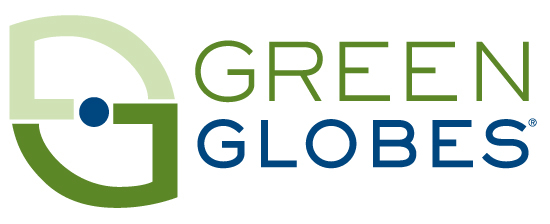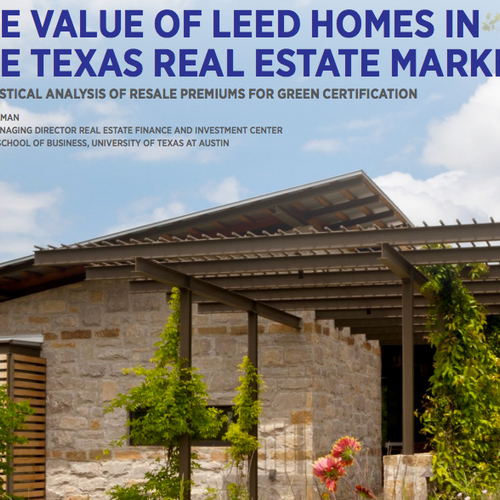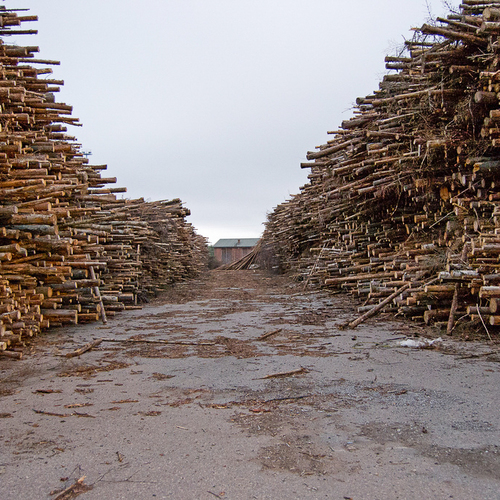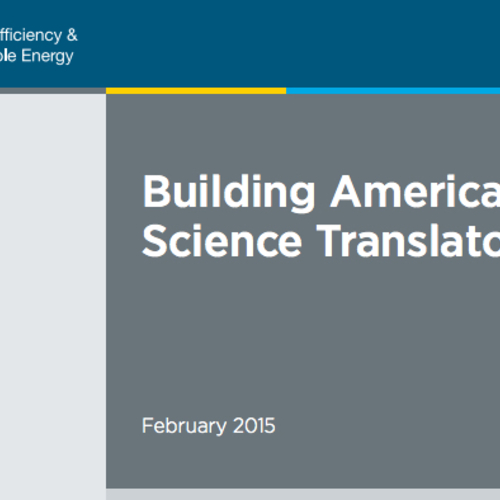
The General Services Administration, the agency in charge of the federal government’s vast portfolio of real estate, is recommending that either LEED or an alternative system called Green Globes is suitable for rating new construction and renovation projects.
The GSA has required basic LEED certification for 10 years, and LEED-Gold for the last three, when the government constructs new buildings or renovates existing ones, SustainableBusiness.com reports. Now the agency is recommending both the U.S. Green Building Council’s LEED program as well as Green Building Initiative’s Green Globes.
“GSA has opened this review to an extensive public process, and we’ve made this recommendation using input from the public, industry stakeholders, and sustainability experts,” said Kevin Kampschroer, director of GSA’s Office of Federal High-Performance Green Buildings in a prepared statement. “We’ve found two tools that allow us to measure how federal buildings of all kinds can best save energy, improve overall performance, and cut down utility costs.”
The agency is required by law to recommend to the U.S. Department of Energy the use of third-party rating systems to reduce the consumption of energy and water and save tax dollars. With the new recommendation, federal agencies can chose the rating system that makes the most sense for the project at hand, the GSA said.
The recommendations were in the form of a letter from GSA Administrator Dan Tangherlini to Ernest Moniz, the energy secretary.
In new construction, the GSA said, buildings should achieve at least LEED Silver or 2 Green Globes. In renovating existing buildings, agencies should set a minimum goal of LEED Certified or 1 Green Globe, the letter says.
Green Globes viewed as friendlier to industry
Green Globes made its debut in Canada in 2002 and was later introduced in the U.S. According to an article that appeared in Environmental Building News, Green Globes consists of a list of questions in seven categories that generate a certain number of points. Ratings of 1 to 4 Green Globes are based on the percentage of possible points the project wins.
Green Globes is often described as cheaper, simpler, and more business-friendly than LEED. “GBI is supported by the Wood Promotion Network and a number of other industry groups that object to some provisions in LEED and, as trade associations, are not allowed to join the U.S. Green Building Council,” Environmental Building News said.
The lumber issue has been especially hot. LEED has been challenged in several states because the guidelines specially recognize lumber certified by the Forest Stewardship Council but not the Sustainable Forestry Initiative.
Lloyd Alter of treehugger.com is one critic of Green Globes and its ties to the plastics and lumber industries. He’s written extensively about Green Globes, the Green Building Initiative, and its former president Ward Hubbell.
“It’s a terrific day for big lumber, big plastic and the public relations industry,” Alter wrote of the GSA’s decision. “For people who care about green building, it’s not.”
Weekly Newsletter
Get building science and energy efficiency advice, plus special offers, in your inbox.















2 Comments
NGBS the real loser
The biggest loser in the GSA blessing process has been NAHB and its National Green Building Standard. NAHB has, for the last couple of years, tried to get GSA to at least allow NGBS to compete with LEED-H when certifying government financed residential construction, such as military base housing, tribal housing, etc. It is too bad they have not prevailed as it is a more builder-friendly metric than LEED-H, especially when coupled with a specific HERS numerical rating appropriate for each climate zone.
Fed Programs need to consider Local Green Certification Programs
I live and work in Detroit where I suspect all construction projects are getting some sort of federal incentive and therefore being held to some energy program's standards. Right now I am involved with the Neighborhood Stabilization Program 3. Builders are rehabilitating homes in targeted NSP neighborhoods and must rehab these homes to ENERGY STAR v3. I l am absolutely 100% Pro-ENERGY STAR v3 but not when applied to existing homes. It is a square peg in a round hole when applied to existing homes. The project managers and the folks implementing the program would have been better served to research local green certification options (MIGreenStar for instance). Local programs do a better job addressing the relevant local issues and are more consistent with the local market. Most will even reference and support national programs as part of their baseline requirements or additional points for certifications so these folks do not have to worry about getting cut out of the action.
Log in or create an account to post a comment.
Sign up Log in